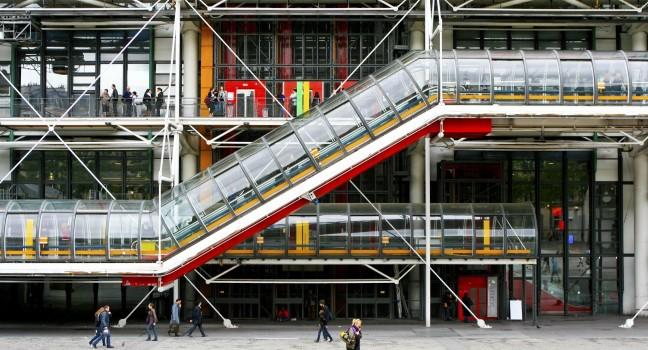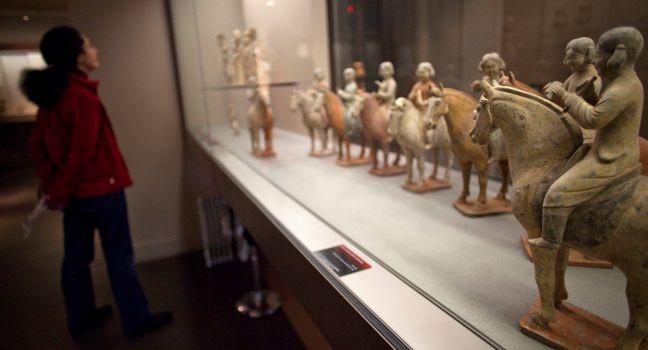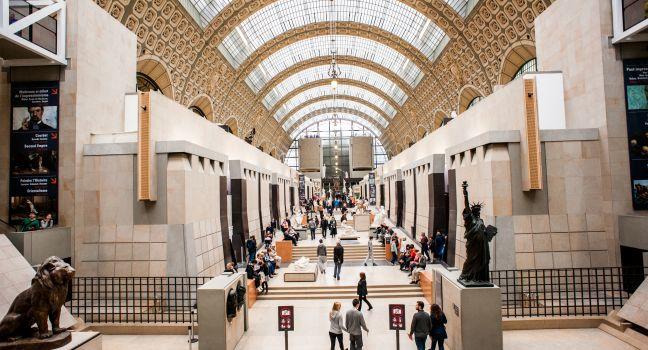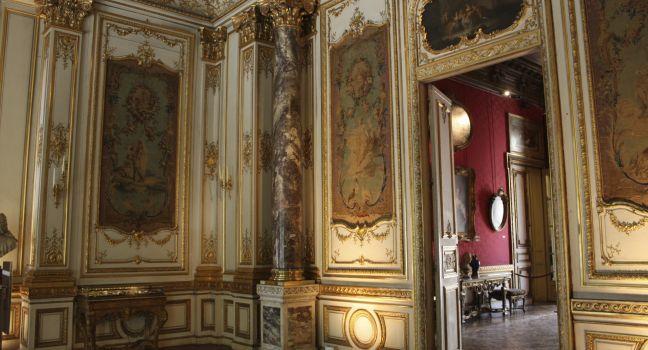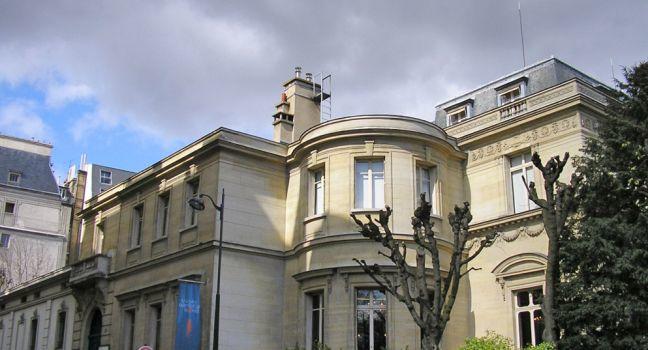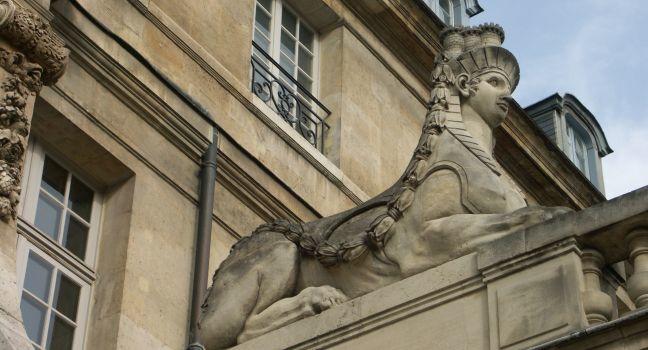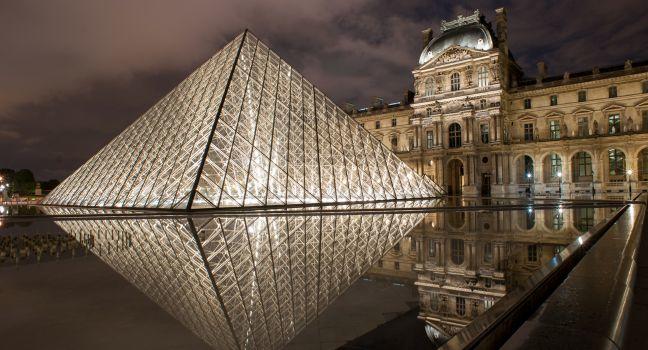Bourse de Commerce–Collection Pinault Paris
Capping one of the art world's great rivalries, the Collection Pinault Paris opened in 2021, adding another gem to the city's cultural roster. After years of false starts, tycoon François Pinault is now showcasing his billion-dollar trove of contemporary works by bold-faced names such as Mark Rothko and Damien Hirst under the historic iron-and-glass dome of the 19th-century Commerce Exchange, one of the city's most stunning, if underused, buildings. After losing a previous bid to open a museum outside Paris—taking his works to Venice instead—Gucci owner Pinault could only watch as archrival Bernard Arnault opened his Frank Gehry–designed Fondation Louis Vuitton in 2014. Not one to be outdone, Pinault tapped star Japanese architect Tadao Ando to carry out a nearly $140 million redesign of the edifice—Paris' former grain exchange—in 2017. Inside, four levels of exhibition space spiral skyward along a giant concrete cylinder ringed at the top by a walkway offering a bird's-eye view of the galleries below. The sparsity of the collections only contributes to the spaceship-like appeal of the contemporary renovation, with a handful of 19th-century details remaining: double-helix stone staircases, wooden display cases dating to 1889, the engine room on the lower level, and the realist mural adorning the underside of the dome, displaying seasonal panoramas of French traders engaged in commerce with the rest of the world. Paris Mayor Anne Hidalgo, who supplied a 50-year lease, called Pinault's creation an "immense gift" to the city. Free 20-minute tours depart daily from the ground-floor level; on the hour, tours explore the collection, while on the half-hour, they delve into the history and architecture of the building. A children's area allows kids to engage with a tour guide, discovering the collection by way of games and books, while the Halle aux Graines restaurant from Michelin-starred father-and-son team Michel and Sébastien Bras allows you to discover a tasting menu in three, five, or seven courses or an à la carte selection of upscale, contemporary French specialties. Don't miss the 100-foot-tall Medici Column on the back side of the building. It was once the stargazing perch of Marie de Medici's powerful astrologer, Cosimo Ruggieri. Legend has it that on stormy nights, a silhouetted figure can be seen in the metal cage at the top.
